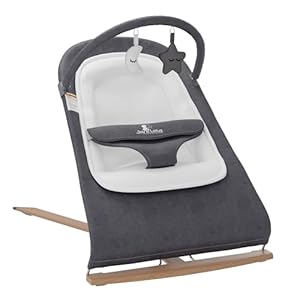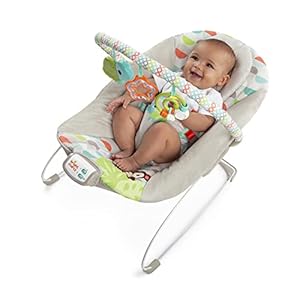
As a parent, ensuring your baby’s well-being during seasonal transitions is paramount. From changes in temperature to shifting environmental conditions, safeguarding your little one requires attention to detail. By following some essential guidelines and being proactive, you can create a safe and comfortable environment for your baby to thrive in all seasons. Remember, being prepared and informed is key to navigating seasonal shifts with ease and confidence.
Dressing Appropriately
During the unpredictable weather shifts of seasonal changes, ensure you dress your baby appropriately to keep them comfortable and protected.
Begin by selecting clothing made from breathable fabrics like cotton to help regulate your baby’s body temperature. Layering is key to easily adjust to fluctuating temperatures throughout the day. Choose one more layer than you’d wear to ensure your baby stays cozy.
In colder weather, opt for hats, mittens, and booties to protect their extremities. Conversely, in warmer weather, dress them in lightweight, loose-fitting clothing to prevent overheating. Consider using a wide-brimmed hat and sunglasses to shield their delicate skin and eyes from the sun’s harmful rays.
Pay attention to signs of discomfort like fussiness or flushed skin, which may indicate your baby is too hot or too cold. By dressing your baby appropriately for the weather, you can help them stay content and safe during seasonal changes.
Monitoring Indoor Temperature
To ensure your baby’s comfort and safety, regularly monitor the indoor temperature of your home. Maintaining a consistent temperature is crucial for your baby’s well-being, especially during seasonal changes. Sudden temperature fluctuations can make it challenging for your little one to adjust, potentially leading to discomfort or health issues.
Invest in a reliable thermometer to keep track of the temperature in your baby’s room. The ideal temperature for your baby’s room should be between 68 to 72 degrees Fahrenheit (20 to 22 degrees Celsius). Make sure to adjust the thermostat as needed to maintain this range, providing a comfortable environment for your baby to sleep and play.
Keep an eye out for signs that your baby might be too hot or too cold. Check for sweating, flushed cheeks, or shivering, as these could indicate that the temperature needs adjustment. By monitoring the indoor temperature regularly, you can create a safe and cozy space for your little one to thrive.
Skin Care and Hydration
Ensure proper skin care and hydration for your baby to maintain their health and comfort during seasonal changes. Babies have delicate skin that’s more prone to dryness and irritation, especially when the weather shifts. To protect their skin, opt for gentle, fragrance-free baby products to avoid any potential allergens. Moisturize your baby’s skin regularly, focusing on areas that are more prone to dryness, such as elbows, knees, and cheeks. Use a mild, hydrating lotion or cream to keep their skin soft and supple.
Hydration is also crucial during seasonal changes. Make sure your baby is getting enough fluids, whether through breast milk, formula, or water if they’re older. Dehydration can happen more quickly than you think, so offer fluids frequently, especially during hot weather. Keep an eye out for signs of dehydration like dry lips, fewer wet diapers, or fussiness.
Seasonal Illness Prevention
How can you protect your baby from seasonal illnesses? As a parent, there are several proactive steps you can take to safeguard your little one during seasonal changes.
First and foremost, ensure that your baby receives all recommended vaccinations to protect against common seasonal viruses. Additionally, practicing good hand hygiene by washing your hands and your baby’s hands frequently can help prevent the spread of germs. Avoid exposing your baby to sick individuals and crowded places during peak illness seasons.
Maintaining a clean and sanitized environment in your home is crucial in preventing the spread of germs. Regularly disinfect commonly touched surfaces, toys, and baby gear. Proper ventilation and humidity control in your baby’s living spaces can also help reduce the risk of respiratory infections.
Dress your baby appropriately for the weather to prevent exposure to harsh elements that can weaken their immune system. Finally, be vigilant for any signs of illness in your baby and consult their healthcare provider promptly if you notice any concerning symptoms.
Baby products














